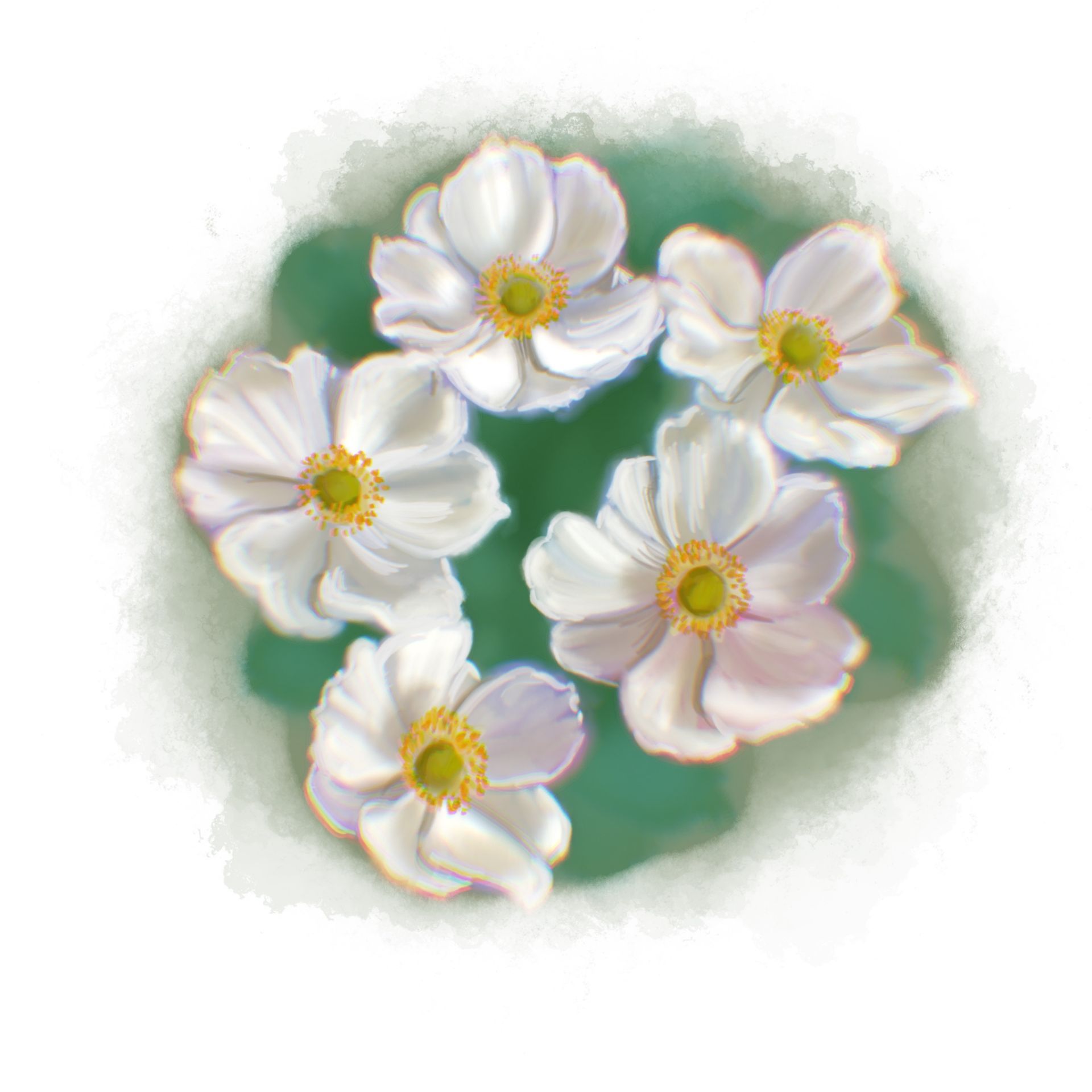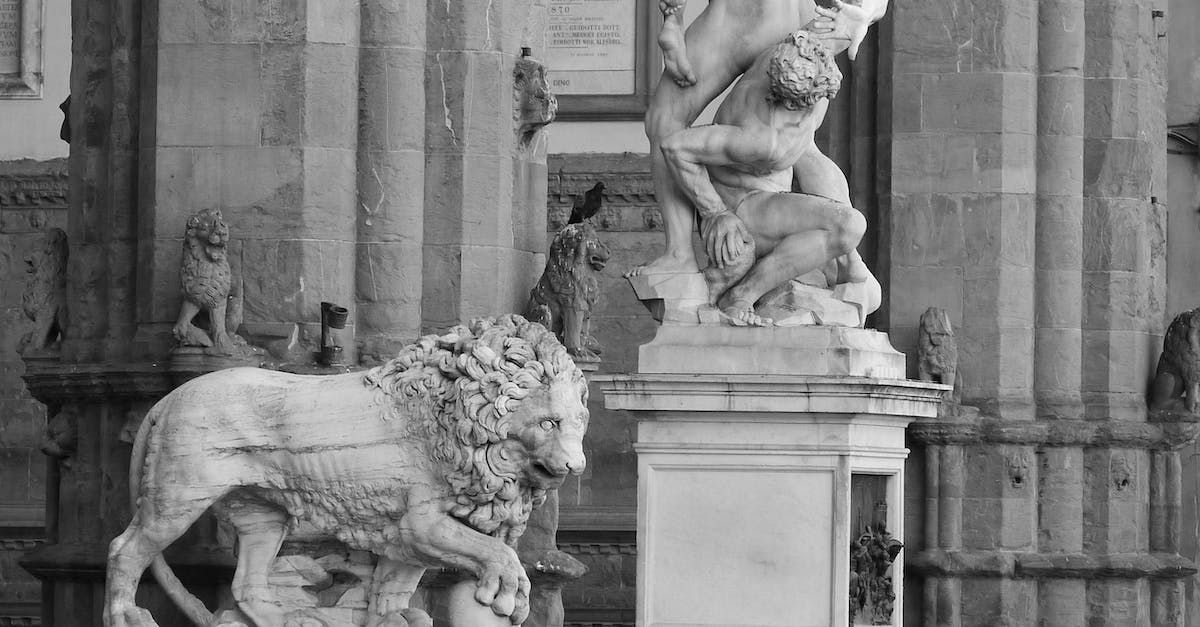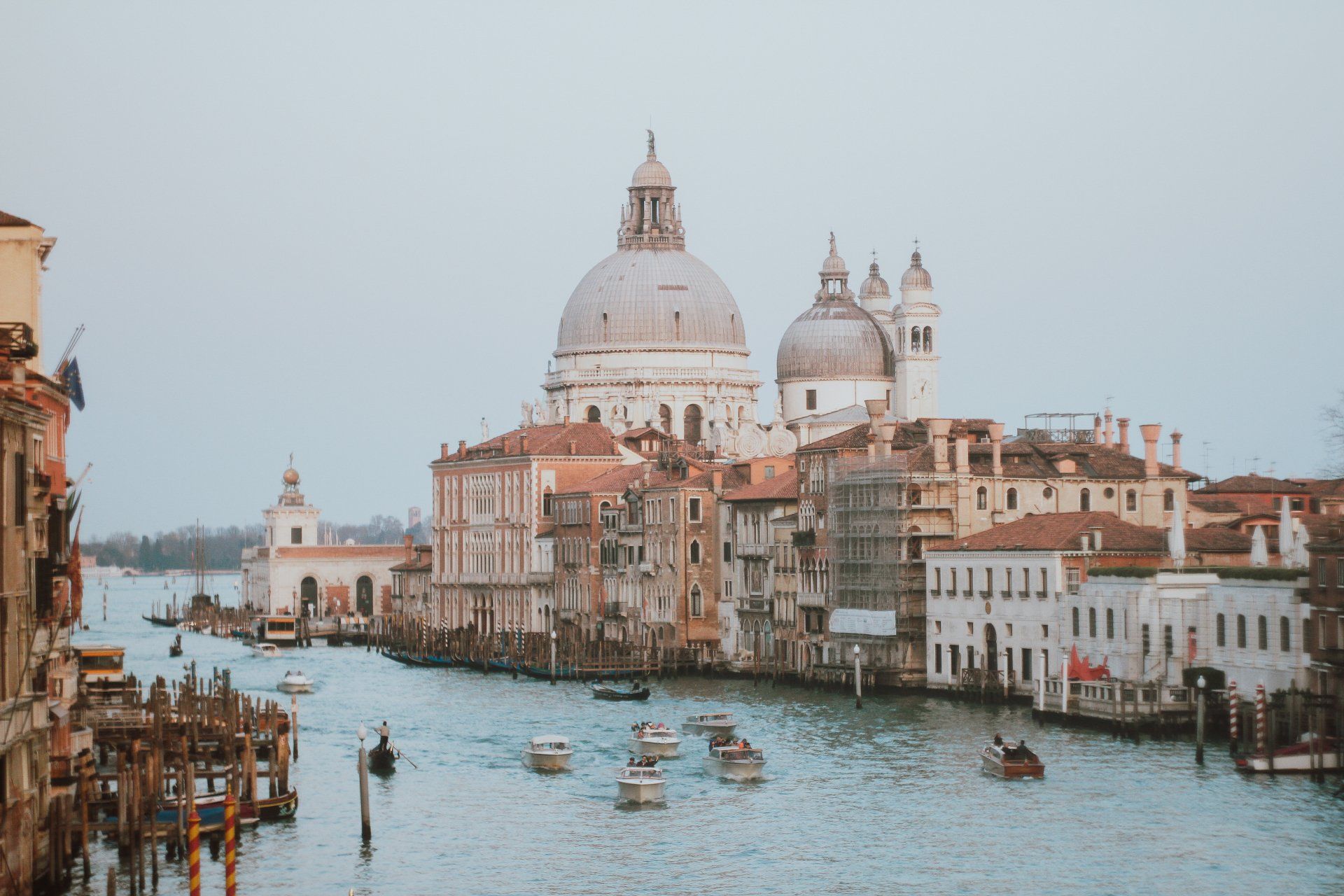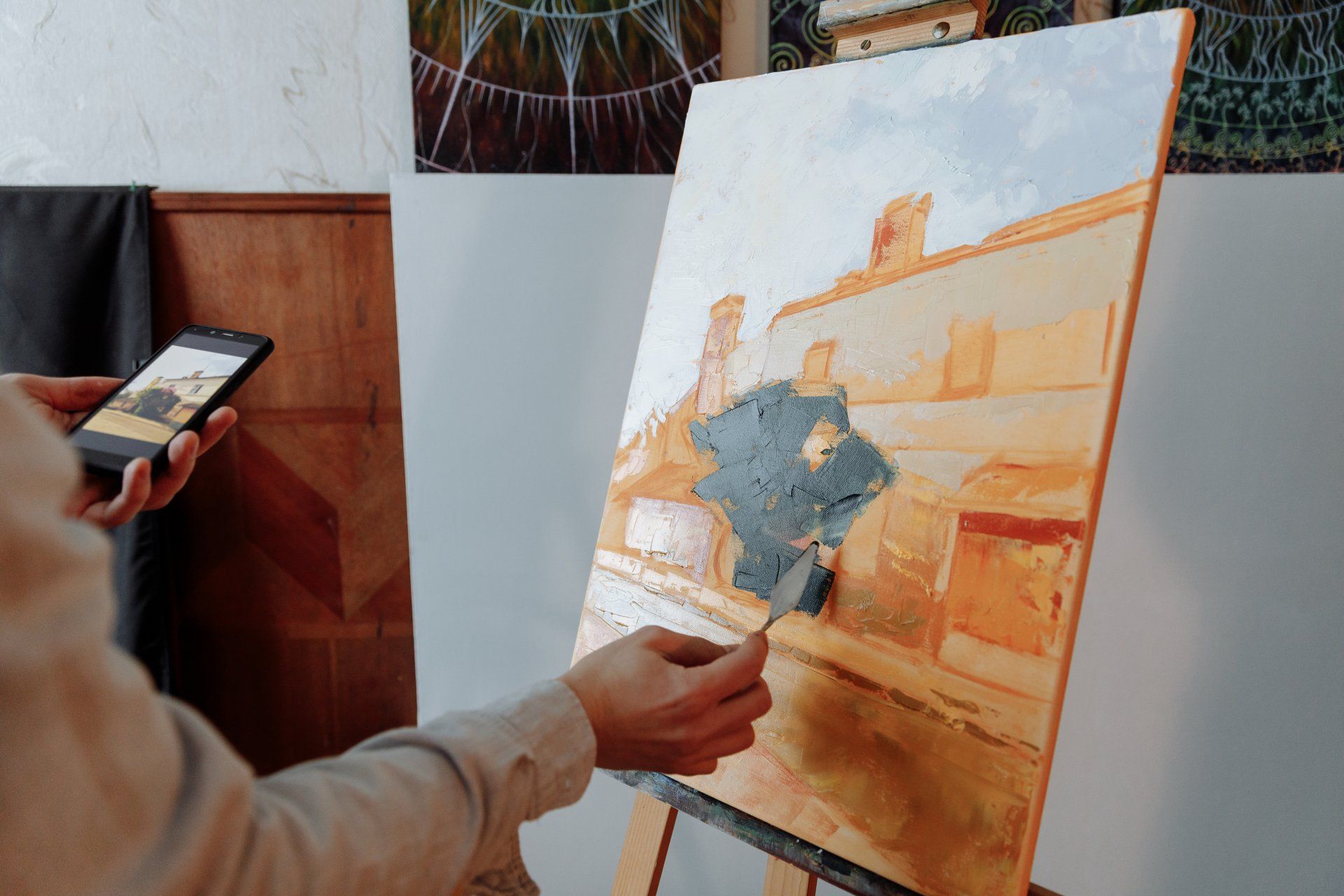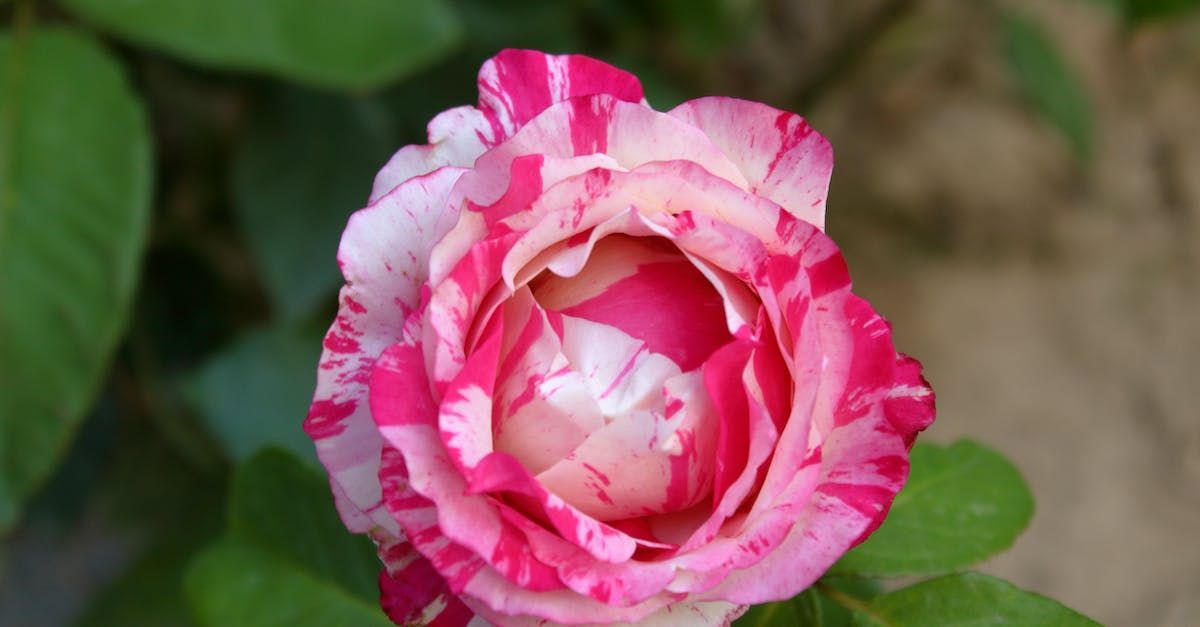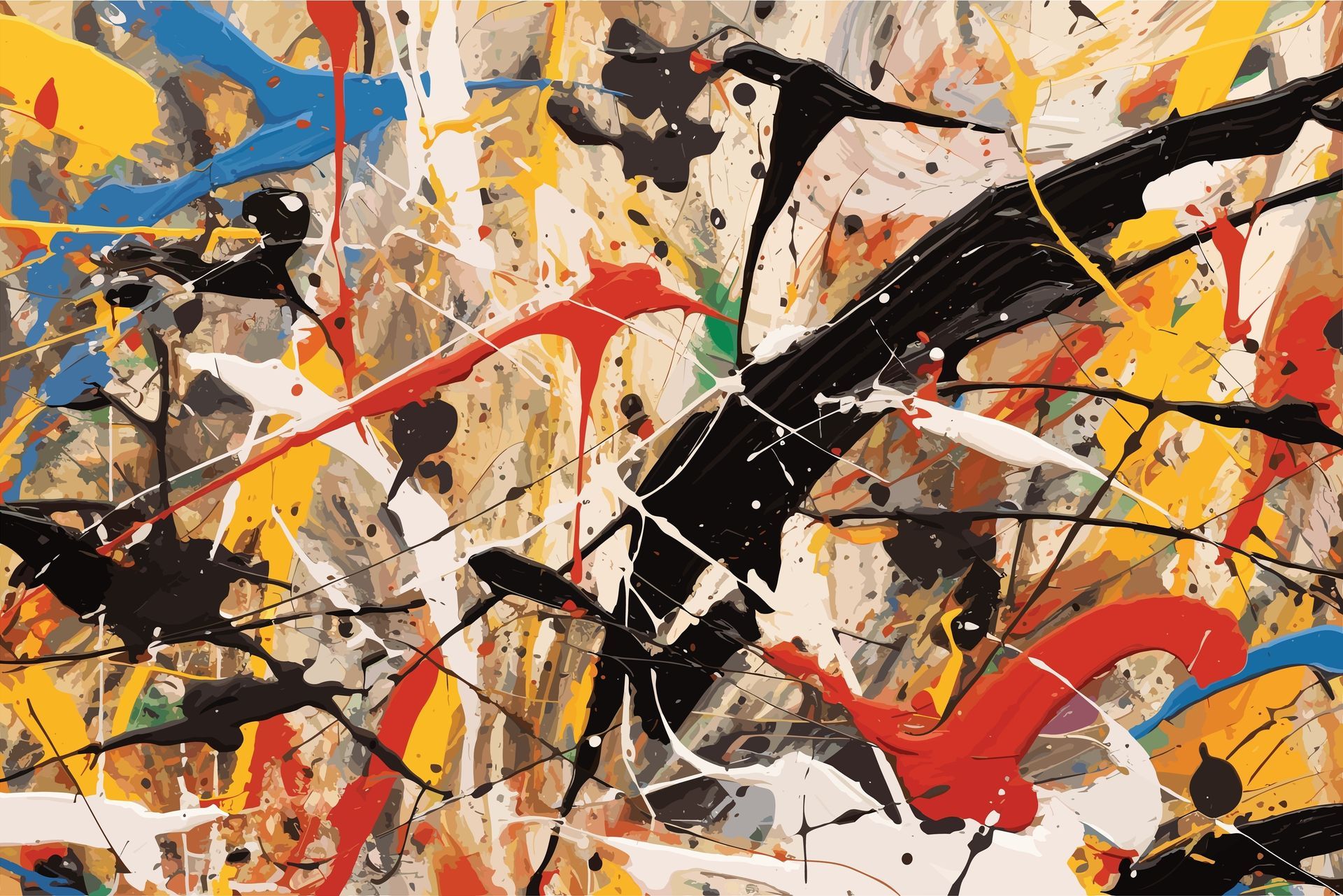Picking the Perfect Color Combo For Your House
What color combo fits your style?
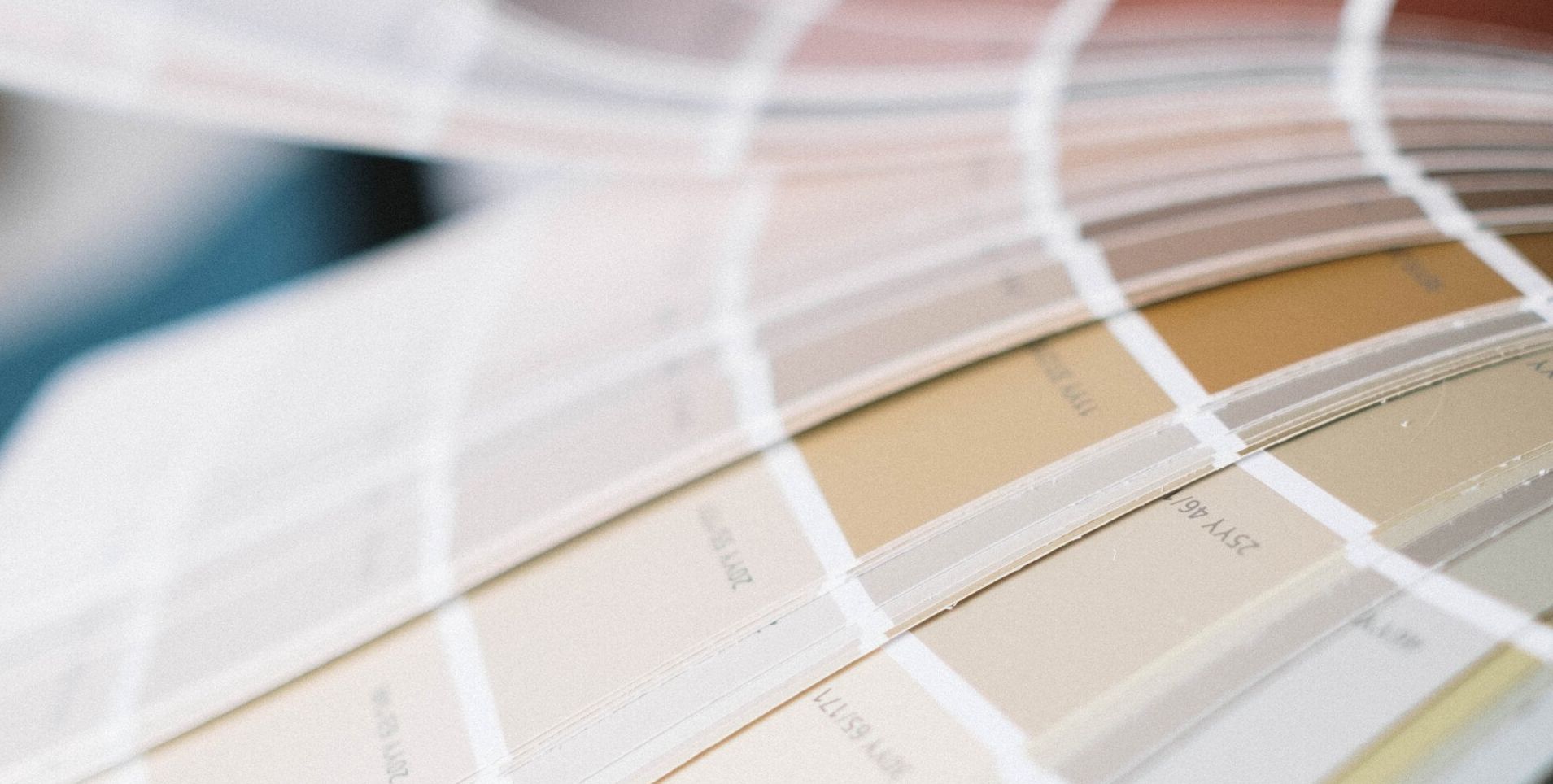
Choosing the Perfect Color Combination to Paint your House
Painting the inside of your home is an important undertaking and can feel overwhelming. You don’t want to put a lot of work in just to end up with colors that you don’t love.
The color you paint your walls and ceilings sets the tone for the place you spend so much of your life in. Done right, colors can be used in your home to help create a mood. Which rooms do you want to create a feeling of calm and comfort? Are there other rooms you want to be more cheerful and energizing? What about a common theme and flow through the whole house? And which colors will help you achieve the effect you’re looking for? Here are some pro tips to help you answer all questions with confidence.
How to choose your colors
The best way to start is to choose your favorite colors and build a color scheme around them. If you already have furniture or other decor that you love, consider factoring those colors into your choices. Decide whether you prefer neutral, bold, warm, or cool tones in your home.
You can pick up swatches where you intend to buy your paint or review your options online. Once you’ve made a rough selection you can get a sense for how these colors look together and make tweaks if necessary.
Test your colors before committing
It’s still not too late to change your mind if you haven’t made a final decision. It’s actually a good idea to take your paint samples and test them out on the wall to see how they look. You can do this by painting large squares of each color in question directly onto the wall.
Other guidelines to consider
- Consider which rooms you can see when standing in each room. Make sure that the colors work well together throughout the entire house by making sure there are no conflicting tones.
- Consider using accent decor that ties each room together with a common theme in some way.
- Rooms with a high ceiling can feel cold and empty. Paint the ceiling a darker color to make the room feel more cozy.



